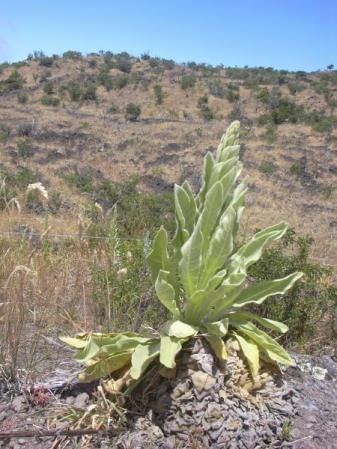(Silybum marianum) Family: Asteraceae This thistle is native to the Mediterranean regions of Europe and North Africa. Milk thistle thrives…
Read More
MISC Target Species
Mullein
(Verbascum thapsus) Family: Scrophulariaceae Considered very invasive and is on the Hawaii State Noxious Weed List. The Division of Forestry and Wildlife…
Read More
Little Fire Ant
Find aerial treatment schedule for Nahiku here: Nahiku LFA Aerial Treatment Little Fire Ant (Wasmannia auropunctata) Family: Formicidae Since the…
Read More
Premiere of the new documentary Invasion: Little Fire Ants in Hawaii
In 2009, Waihee farmer Christina Chang was stung on the eye by a tiny ant at her home on Maui….
Read More
Maui Activities for Invasive Species Awareness Week
It’s Hawaii Invasive Species Awareness Week and on Maui, we’re focusing on ant awareness (more activities to follow). What do…
Read More
From Paper Maps To GPS Units, The Evolution of Technology in Conservation
If smart phones, tablets, and global positioning systems (GPS) are on your wish list, you are not alone. These gadgets…
Read More




